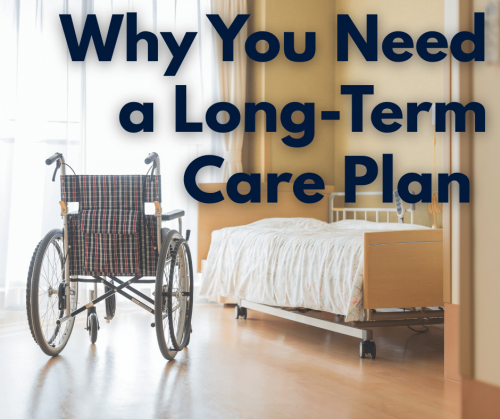Menu



When families think about aging and healthcare, many assume that Medicare will cover the cost of long-term care. Unfortunately, this is one of the most common - and costly -misconceptions. In reality, Medicare provides very limited coverage for long-term care, leaving families financially vulnerable if they don’t do long-term care planning.
Long-term care costs in Ohio are significant, and they continue to rise. Here’s what families in Northwest Ohio can expect to pay on average in 2025:
These figures underscore why planning is critical. Even a short stay in a nursing home can deplete savings quickly.
Many people believe Medicare will pay for long-term care, but that’s not true. Medicare does not cover custodial care, which includes help with activities of daily living such as bathing, dressing, and eating. These services make up the bulk of long-term care needs.
Here’s what Medicare does cover:
Imagine this scenario:
Mary, age 78, falls and breaks her hip. After surgery, she spends five days in the hospital and then moves to a skilled nursing facility for rehabilitation. Medicare covers her care for the first 20 days. From day 21 to day 100, she pays a daily coinsurance. On day 101, Medicare coverage ends—even though Mary still needs help with bathing, dressing, and walking. At this point, her family must (1) pay out-of-pocket or (2) rely on Medicaid (if she qualifies) or (3) use private long-term care insurance.
Without a plan, families often face difficult choices:
Planning ahead with tools like long-term care insurance, Medicaid planning, and estate planning strategies can protect your assets and give you peace of mind.
At Legacy Law Group, we help Ohio families create long-term care plans that work - protecting assets while securing appropriate care at home, in assisted living, or in a nursing facility. Whether you’re years away from needing care or already facing a transition, our team can help you:
Ready to plan? Use this link to request an appointment with one of our attorneys.
© 2025 Legacy Law Group, Ltd.
| View Our Disclaimer | Privacy Policy